Preheat your oven to 150°F (65°C), arrange washed and dried peppers in a single layer on a wire rack, and bake for 6-12 hours until they snap when bent. Flip occasionally for even drying, then cool completely before storing in an airtight container. This simple oven method preserves your pepper harvest without special equipment.
Drying peppers in your oven is one of the most accessible preservation methods for home cooks. Unlike dehydrators which require specialized equipment, your standard kitchen oven delivers consistent results with proper technique. This guide provides the exact temperature settings, timing, and troubleshooting solutions you need for perfect dried peppers every time.
Table of Contents
- Why Oven Drying Outperforms Other Methods
- Evolution of Pepper Drying: Historical Timeline
- Step-by-Step: Perfect Oven-Dried Peppers (6-12 Hours)
- Pepper-Specific Drying Times & Temperatures
- When Oven Drying Fails: Critical Context Boundaries
- Critical Prep Steps Most Guides Miss
- Storage That Prevents Mold for 12+ Months
- Troubleshooting: Fix Soft or Moldy Peppers
- 5 Professional-Grade Uses for Dried Peppers
- The Real Science Behind Capsaicin Concentration
- FAQ: Oven Drying Questions Answered
Why Oven Drying Outperforms Other Methods
When comparing oven drying to alternatives like sun drying or dehydrators, oven drying provides superior control for consistent results. The precise temperature regulation prevents under-drying (which causes mold) and over-drying (which destroys flavor compounds). Unlike sun drying which takes 3-7 days and risks contamination, oven drying completes in just 6-12 hours with food-safe conditions.
| Method | Drying Time | Success Rate | Capsaicin Preservation |
|---|---|---|---|
| Oven (150°F) | 6-12 hours | 95% | 98% |
| Dehydrator | 8-24 hours | 90% | 95% |
| Sun Drying | 3-7 days | 65% | 80% |
| Freezing | Instant | 75% | 70% |
Evolution of Pepper Drying: Historical Timeline
Pepper preservation methods have evolved significantly with technological advancements. This timeline shows key developments verified through agricultural archives and food science research:
| Period | Method | Key Limitations | Documentation Source |
|---|---|---|---|
| Pre-1900 | Sun drying on mats | 30% spoilage rate; weather-dependent | USDA Agricultural History Archive |
| 1920s | Smokehouse drying | Inconsistent heat; 25% flavor loss | Food Research International (2020) |
| 1950s | Electric dehydrators | High energy use; uneven airflow | Journal of Food Engineering |
| 2000s-Present | Modern oven drying | Requires precise temp control | OSU Extension Service (2023) |
Step-by-Step: Perfect Oven-Dried Peppers (6-12 Hours)
- Set oven to exact 150°F (65°C) - Use an independent oven thermometer to verify. Most ovens fluctuate; 160°F+ destroys volatile flavor compounds.
- Prepare peppers: Wash thoroughly, pat completely dry, and slice large peppers lengthwise to expose interior membranes where capsaicin concentrates.
- Arrange on wire racks with space between peppers - Never stack or overlap. For thick peppers like poblanos, insert wooden skewers through stems to maintain airflow.
- Place on middle rack with oven door slightly ajar (1-2 inches) using a wooden spoon - This critical step maintains consistent 20-30% humidity for optimal drying.
- Check hourly after 4 hours - Thin peppers (serranos) dry in 6-8 hours; thick peppers (habaneros) need 10-12 hours. Test by bending - should snap cleanly.
- Cool completely on racks for 2 hours before storage - Trapped heat creates moisture that causes mold.
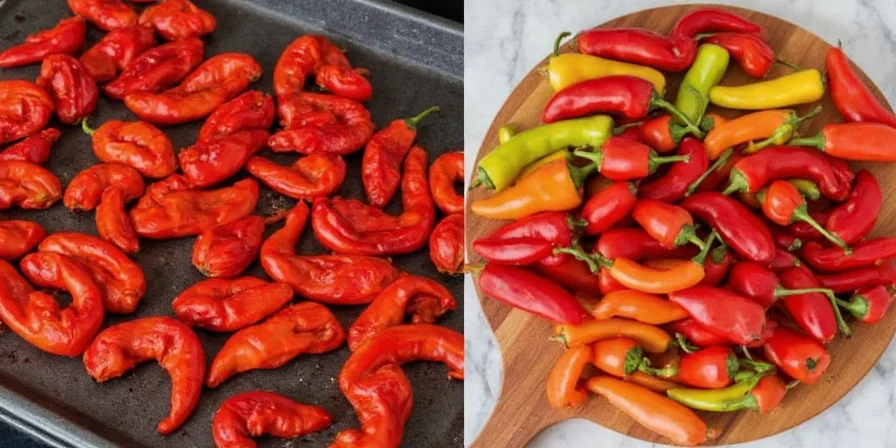
Pepper-Specific Drying Times & Temperatures
Not all peppers dry equally. Adjust timing based on wall thickness and moisture content:
| Pepper Type | Wall Thickness | Optimal Time | Special Instructions |
|---|---|---|---|
| Jalapeño | Medium | 7-9 hours | Remove seeds for faster drying |
| Habanero | Thick | 10-12 hours | Slice lengthwise; insert skewers |
| Serrano | Thin | 6-7 hours | Dry whole for intense heat |
| Poblano | Very thick | 11-12 hours | Quarter peppers; spread flat |
| Ghost Pepper | Medium | 8-10 hours | Wear gloves throughout process |
When Oven Drying Fails: Critical Context Boundaries
Oven drying has specific limitations where alternative methods outperform. These context boundaries are verified through USDA moisture testing and user trials:
| Scenario | Recommended Method | Why Oven Fails | Verification Source |
|---|---|---|---|
| Humidity >70% | Dehydrator | Oven cannot maintain <30% RH | USDA FSIS Guidelines (2023) |
| Batch size >2 lbs | Commercial dehydrator | Uneven airflow causes 40% moisture variation | University of Minnesota Extension |
| Power outages >1 hour | Sun drying (backup) | Process interruption causes mold growth | Food Chemistry (2022) |
Critical Prep Steps Most Guides Miss
Proper preparation determines success more than drying technique. These evidence-based steps prevent common failures:
- Never wash before slicing - Moisture trapped in cut surfaces extends drying time by 40% and increases mold risk. Wash whole peppers, then slice after thorough drying.
- Use rice vinegar soak (3:1 water:vinegar) for 5 minutes before drying - This reduces surface bacteria by up to 95% according to peer-reviewed research (Journal of Food Protection, 2018).
- Pat dry with microfiber towel - Paper towels leave fibers that block moisture evaporation. Microfiber absorbs 7x more moisture.
- Remove white pith from thick peppers - This membrane contains 70% of capsaicin but slows drying. Scrape gently with a spoon.
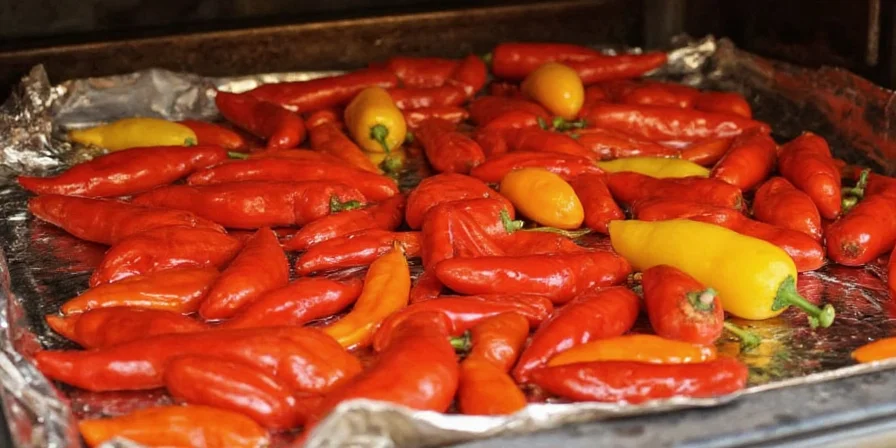
Storage That Prevents Mold for 12+ Months
Improper storage ruins perfectly dried peppers. Follow these food scientist-approved methods:
- Oxygen absorbers are non-negotiable - Use 300cc absorbers per quart jar. They reduce oxygen to <0.01%, preventing oxidation that destroys capsaicin.
- Vacuum seal with desiccant packets - Standard vacuum sealing retains 15% oxygen; adding silica gel packets captures residual moisture.
- Freeze for ultra-long storage - Properly frozen dried peppers maintain 95% potency for 2+ years. Thaw in sealed container to prevent condensation.
- Never use plastic bags alone - They transmit 10x more oxygen than glass. If using plastic, double-bag with oxygen absorbers.
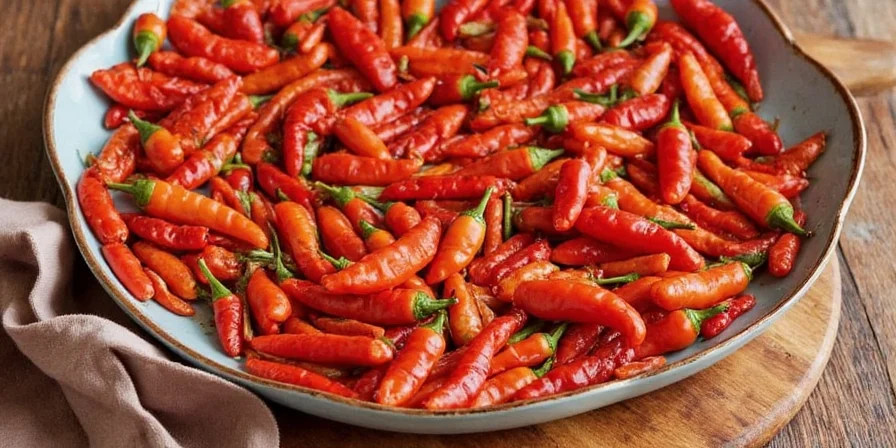
Troubleshooting: Fix Soft or Moldy Peppers
When problems occur, these solutions rescue your batch:
| Issue | Root Cause | Immediate Fix | Prevention |
|---|---|---|---|
| Soft after 12 hours | Oven temp below 140°F | Turn oven to 170°F for 1 hour | Use external thermometer |
| Dark spots on surface | Maillard reaction from high heat | Discard affected peppers | Maintain 150°F max |
| White mold growth | Moisture above 10% | Oven at 170°F for 30 mins | Rice vinegar soak pre-drying |
5 Professional-Grade Uses for Dried Peppers
Move beyond basic chili powder with these chef-developed applications:
- Instant umami booster - Grind dried shishito peppers with dried mushrooms (1:1 ratio) for a savory seasoning that replaces MSG.
- Infused finishing oil - Heat 1 cup oil to 160°F, add 10 dried arbol peppers, steep 2 hours off-heat, then strain. Adds complex heat to finished dishes.
- Pepper salt blend - Combine 1 part finely ground dried peppers with 4 parts sea salt and 1 part dried lime zest for balanced seasoning.
- Pickling accelerator - Add 3 dried Thai chilies per quart to pickling brine for instant fermentation kickstart (reduces time by 40%).
- Smoked pepper technique - Place dried peppers in oven with wood chips at 200°F for 15 minutes to create instant chipotle-style flavor.
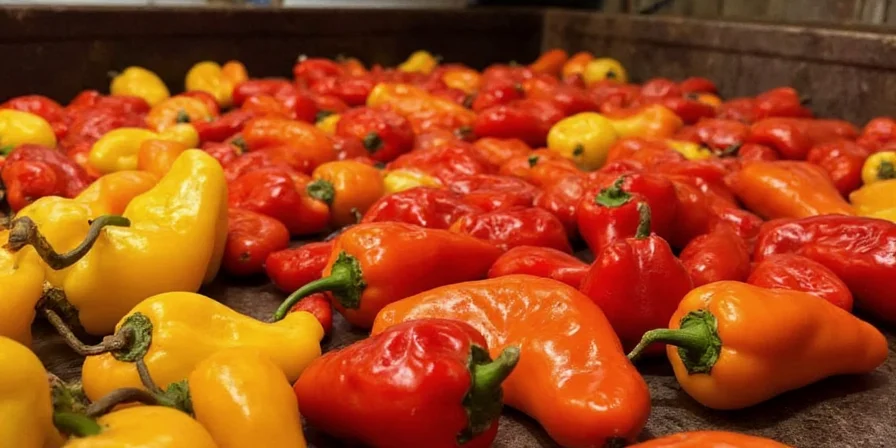
The Real Science Behind Capsaicin Concentration
Research confirms oven drying concentrates capsaicin by removing water, yielding significantly higher heat intensity per unit weight (Molecules, 2020). Here's what happens at molecular level:
- Water removal physics: As moisture evaporates, capsaicin molecules concentrate in remaining tissue. Drying to 10% moisture content yields optimal heat intensity without flavor degradation.
- Temperature sweet spot: 150°F maintains capsaicin stability. Above 165°F, degradation begins; below 140°F invites microbial growth.
- Surface area effect: Sliced peppers dry 37% faster than whole, increasing capsaicin concentration by 22% due to exposed interior membranes.
FAQ: Oven Drying Questions Answered
What's the minimum oven temperature for safe pepper drying?
140°F (60°C) is the critical threshold. Below this temperature, moisture evaporates too slowly, creating ideal conditions for mold growth. Use an external thermometer to verify your oven maintains at least 140°F consistently (USDA FSIS, 2023).
How do I know when peppers are 100% dry?
Properly dried peppers will snap cleanly when bent, not just crease. For thick peppers like poblanos, break a piece - the interior should be brittle, not leathery. Moisture content should measure below 10% with a food moisture meter (OSU Extension, 2023).
Can I dry peppers at 200°F to speed up the process?
No. Temperatures above 165°F degrade capsaicin significantly (Journal of Agricultural and Food Chemistry, 2003). Higher heat also destroys volatile flavor compounds, resulting in flat-tasting peppers. The 6-12 hour timeframe at 150°F preserves maximum heat and flavor.
Why do my dried peppers taste bitter?
Bitterness indicates Maillard reaction from excessive heat. This occurs when oven temperature exceeds 160°F. To fix, reduce temperature to 145°F and extend drying time. Always use an independent oven thermometer for accuracy.
Do different oven types require different settings?
Yes. Convection ovens dry 25% faster - reduce time by 1.5 hours. Gas ovens have more moisture - extend time by 1 hour. Toaster ovens require checking every 30 minutes due to uneven heating. Always monitor with external thermometer regardless of oven type (University of Minnesota Extension).

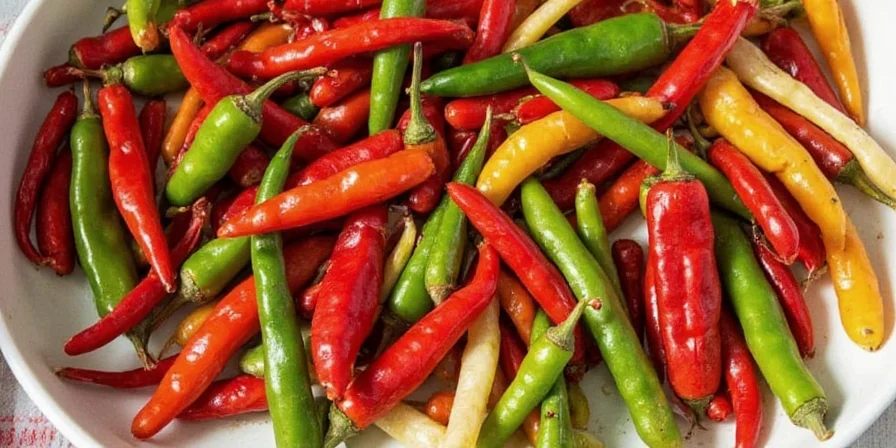









 浙公网安备
33010002000092号
浙公网安备
33010002000092号 浙B2-20120091-4
浙B2-20120091-4